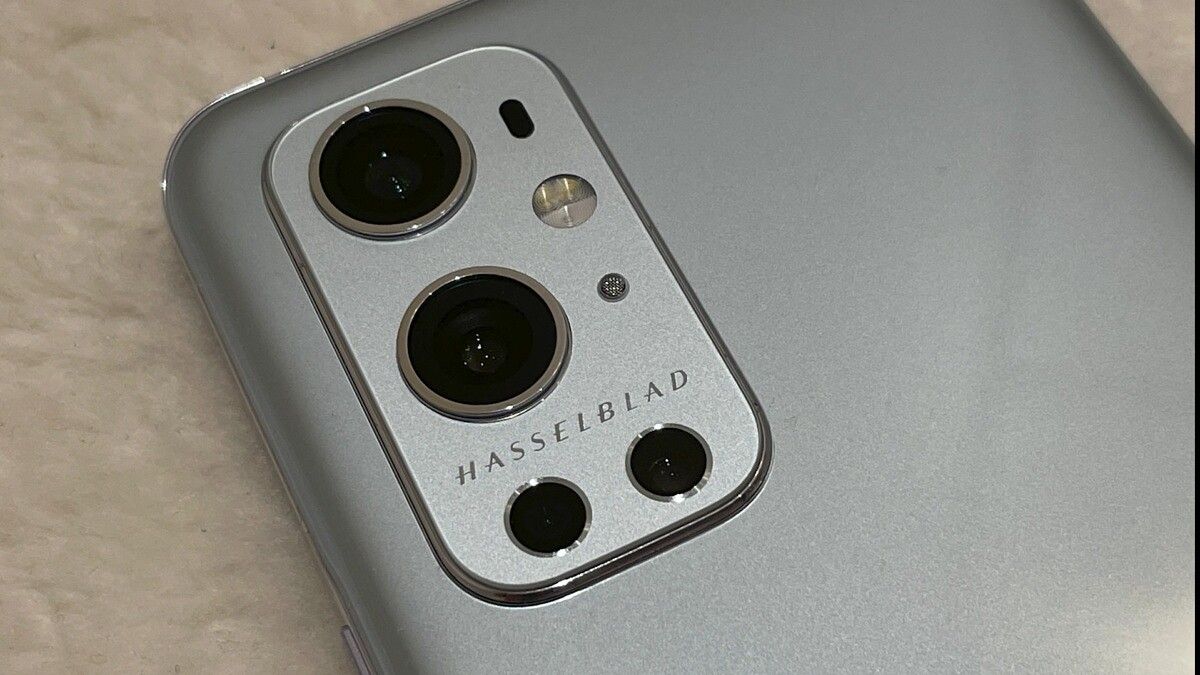The OnePlus 9 series has leaked numerous times in the last few months, giving us a fair idea of what to expect from the OnePlus’ upcoming flagship lineup. The company is expected to launch three smartphones this time around, with the OnePlus 9 Pro leading the chart, followed by the standard OnePlus 9 and an alleged Lite model called OnePlus 9E. It wasn’t long ago that we learned about the OnePlus 9 Pro’s Hasselblad camera branding along with some leaked renders which showed off the overall design, display properties, camera UI, and more.
Now prominent OnePlus leakster Max Jambor has teased an interesting bit of information. According to Max, the OnePlus 9 Pro variant will feature an LTPO display instead of the standard LTPS AMOLED panel used by the earlier models.
Popularized by the Apple Watch lineup, the LTPO display technology is fast gaining steam in the smartphone world. It’s already found on the Galaxy Note 20 Ultra and Galaxy S21 Ultra, and the upcoming iPhone 13 series is also rumored to have it on all three models. OnePlus obviously wouldn't wish to lag behind its peers in this important area. Low-temperature polycrystalline oxide (LTPO for short) OLED panels are considered superior to the current LTPS OLED panels used by most phones. They draw less power and also support adaptive refresh rates without needing additional hardware.
In a separate leak, TechDroider has leaked some of the key specifications of the OnePlus 9, including SoC, display, and battery capacity. The source of information are screenshots of the AIDA64 app running on an alleged OnePlus 9 unit. As per the screenshots, the OnePlus 9 will feature a 6.55-inch full HD+ display with a 120Hz refresh rate, Qualcomm Snapdragon 888 chipset (code-named Lahaina), 8GB of RAM, and a 4,500mAh battery with support for 65W fast charging support.
The screenshots also suggest that the OnePlus 9 will feature a 12MP rear-facing camera and a 4.1MP front-facing camera. However, based on previous leaks, we believe that these numbers signify the output resolution of these sensors and not the actual sensor resolution. The OnePlus 9 will likely employ quad pixel binning to deliver the aforementioned 12MP and 4.1MP images, meaning that the device will feature a 48MP rear-facing camera and a 16MP front-facing camera.
Both the phones are shaping up to be good phones, but one cannot deny that the competition is going to be very tough, especially on the premium end. It remains to be seen how OnePlus plans to set its phones apart from its competitiors and possibly emerge out ahead.

